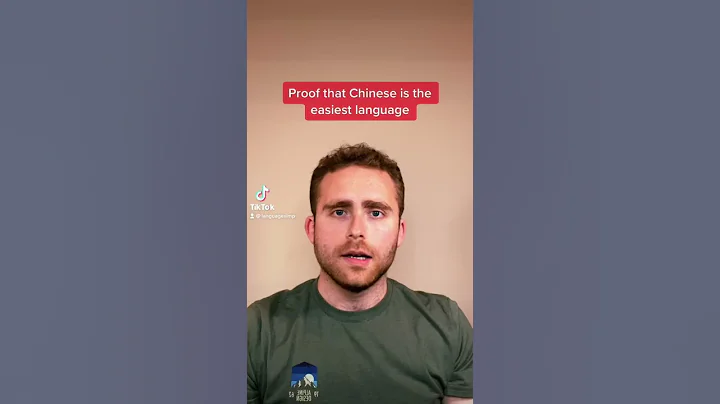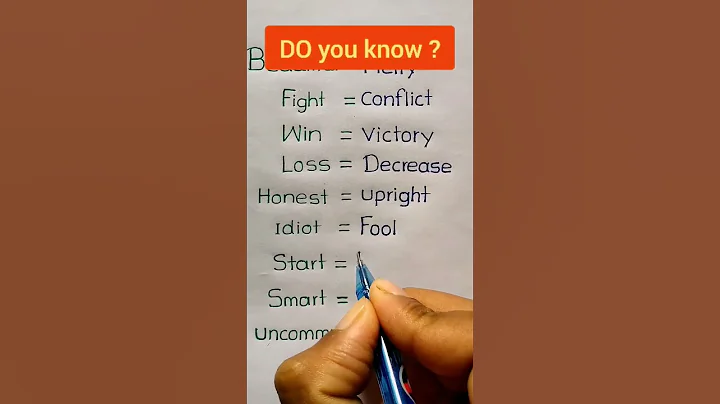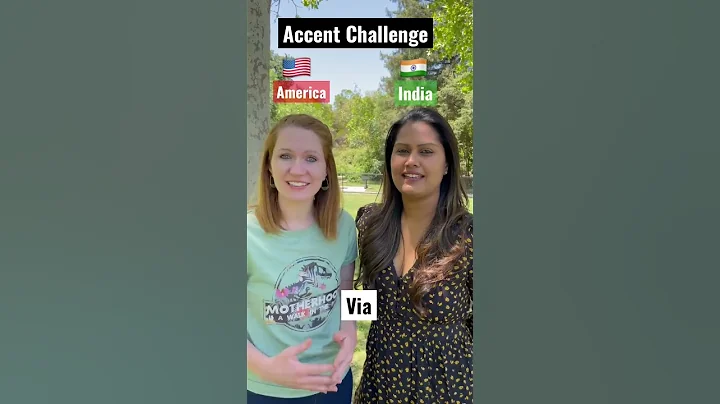This is a geometric problem shared by today's Toutiao netizens. It seems simple, and the quick answer depends on whether your basic knowledge is solid, which is suitable for junior high school students to solve problems.
Question: As shown in the figure, in △ABC, ∠C=60°, BD⊥AC is D, AE⊥BC is E, prove: AB=2DE.

Geometry problem
Problem solution analysis: ∠C=60°, △BCD is a right-angle triangle, so ∠CBD=30°, BC=2CD, and this question needs to prove AB=2DE, speculate △ABC∽△EDC, and think about this aspect. The right angle △ABD and the right angle △ABE have a total oblique edge, which means that the four points A, B, E, and D are circled . The equality relationship of some angles is easy to determine, and the conditions of △ABC∽△EDC are also clear.
Because the four points A, B, E, and D are circled together, so there are:
∠EAD=∠EBD, ∠AED=∠ABD,
∠EAD+∠AED=∠EBD+∠ABD=∠ABC,
and ∠EAD+∠AED=∠CDE,
so∠ABC=∠CDE, △ABC∽△EDC.
is proportional to the corresponding edges of similar triangle to get:
AB/DE=BC/CD=2, so AB=2DE.
To summarize: The knowledge points used in this geometry problem are:
①. The opposite side of a right-angle triangle with 30° or 60° is half the angle of the 30°.
②. Two right triangles have a hypotenuse side, and four points have a circle.
③. In the same circle, the circumference angles opposite to the same string are equal.
④. One outer angle of a triangle is equal to the sum of two inner angles that are not adjacent to it.











